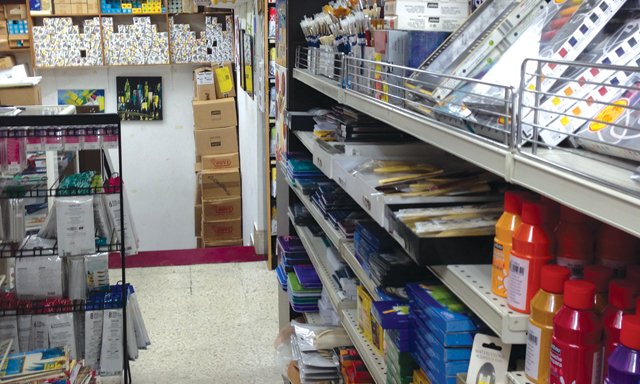Alginate is used by the arts and crafts industry to create skin-safe molds for wildlife and body casting but with special effects. It is the main agent used in taxidermy molds and body casting crafts.
Though all fun and games, alginate can be easily spoiled if it is not handled cautiously. It’s not as simple as using play dough. If you have decided to create alginates molds or sculptures, here are a few essential tips to follow:

The Formula
There are different types of alginates available in the market for use. Put your research skills to use and look up the alginate you need to make your sculpture or mold. Without the right alginate, you will not be able to create the right mix for making a sculpture. Look up each one’s various properties and decide which one suits your requirements perfectly. The alginate must have a long enough working time to accomplish the task at hand.
Test Batch
Once you have the perfect formula in place, make a test batch first to see how the results turn out. While doing so, you might come across facts such as how much water is sufficient to achieve the perfect shape and structure and whether the mixture requires more or less of a certain ingredient. A test batch is mandatory if you have never used alginate before.
Mixture Quantity
Next up is the quantity of the mixture. You will have to research how much alginate you require for the number of molds or sculptures you are aiming for. If you have established the exact quantity of alginate to use, add 10 percent more just in case your mixture requires it later. It’s better to be safe than sorry.
Weight
Your choice of alginate will come with water to powder mixing ratio. Use it and weigh your alginate prior to adding it to the mixture. If you are measuring alginate by volume, use 3 parts of powder and 2 parts of water for optimal results. Do not use alginate without measuring it first; you will only ruin the mixture!
Water Temperature
Alginate setting is majorly dependent on the water temperature. The manufacturer will guide you with the appropriate temperature of water to use in order to allow the alginate to set within a specified time. Cool water tends to increase its setting duration, while warm water shortens it, but by what extent is of significance here.
Mixing with Hand
If you want a lumpy mixture, you may use your hands. However, hand mixing is highly prohibited by those selling alginate and people who make sculptures and molds using it. A kitchen whisk works wonders for creating a smooth and runny mixture. If you are mixing a larger quantity, you may use an electric drill or mixer to accomplish the task.
Timed Mixing
If you spend too much time in mixing, you are essentially shortening the time required for the application. Do you wish to run out of time when the real task kicks in? Time your mixing process and make sure there is ample time left for the application. Otherwise, you will end up with a mixture that has set in the bucket it was made in.